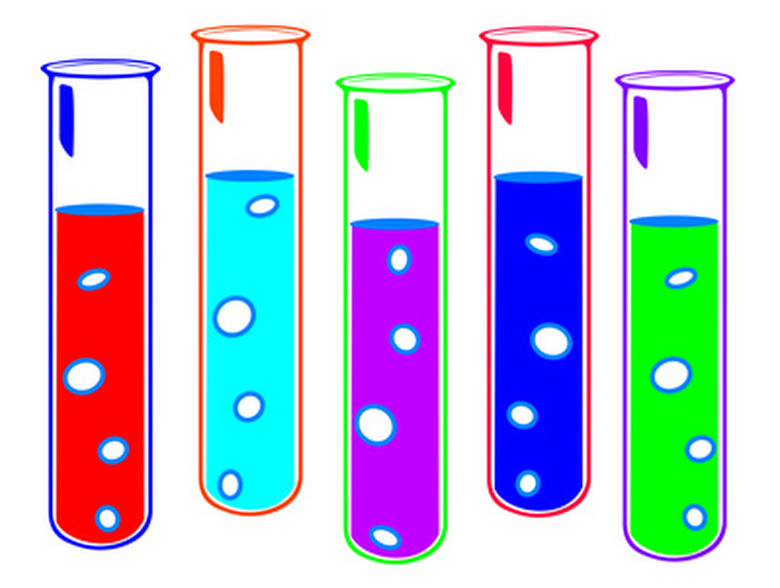How To Compare Density
Being able to compare density is an important skill that chemists employ when they are making medications as well as other products used on a regular basis. Density is the mass of an object per cubic centimeter. In other words, it is the amount of stuffed packed into a certain volume of a substance. Calculating density is the first step in comparing density followed by an experiment to back up the mathematical answer.
Doing the Math
Step 1
Calculate the density by understanding the density equation. Density= mass/volume with the unit grams/mL.
Step 2
Measure the mass of the object that you are going to be using. To do this, lay it on a scientific scale and get the mass in grams.
Step 3
Measure the volume of the substance in milliliters. To do this, put it in a graduated cylinder filled with water and look at where the meniscus (bottom of the line of water) lines up to.
Step 4
Write the two numbers down on a piece of paper and then divide the mass by the volume. The answer will come out in some number with the unit g/mL. Water, for example, has a density of 1.0 g/mL.
Doing It Experimentally
Step 1
Take one substance such as water and have that be your control. The reason for this is because it has a known density of 1.0 g/mL.
Step 2
Take salt and place it into the water. If the salt sinks to the bottom (which it will), that means that it is more dense than the water.
Step 3
Take a piece of pinewood and drop that into the water. The pinewood will rest on the top of the water because it is a less dense object than the water is.
Step 4
Take oil (which one might think is more dense) and dispense it on top of the water. The oil is less dense than the water and, therefore, rests on top. This is one of the reasons it is easier to clean up an oil spill when a tanker crashes.
Cite This Article
MLA
Contributor, . "How To Compare Density" sciencing.com, https://www.sciencing.com/compare-density-6303481/. 24 April 2017.
APA
Contributor, . (2017, April 24). How To Compare Density. sciencing.com. Retrieved from https://www.sciencing.com/compare-density-6303481/
Chicago
Contributor, . How To Compare Density last modified March 24, 2022. https://www.sciencing.com/compare-density-6303481/
